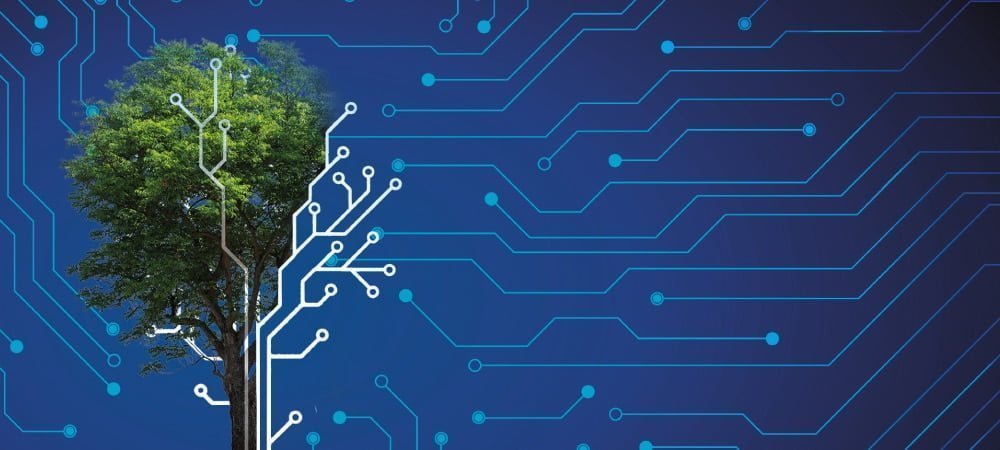Kubernetes as a catalyst for cloud-native


Classic systems that have been updated and maintained for years are no longer state of the art
Infrastructure as Code (IaC), on the other hand, describes a target state and leaves the actual work to automation tools. Kubernetes has not only established itself as the de facto standard for microservice infrastructure, but also has a considerable fleet of new innovative software solutions in tow. The landscape of the specially founded Cloud Native Computing Foundation (CNCF) now comprises around 1200 products around Kubernetes.
Started out of dissatisfaction with the existing container orchestration of Docker-Swarm, it was not foreseeable that a small side project of some Google developers would change the software world. Only its release as open source in 2014 enabled worldwide collaboration and steady growth. The breakthrough then came literally through play: Niantic, a Google subsidiary, relied on Kubernetes in the engine room for its augmented reality game Pokémon Go right from the start. The stability and enormous scalability set new standards.
Not only the large hyperscalers AWS, Azure and Google Cloud offer infrastructure and Managed Kubernetes, but also German providers such as Open Telekom Cloud or Ionos have corresponding offers in their portfolio. For providers without Managed Kubernetes, there are ready-made automations that are similarly easy to implement.
Whether in online shopping or retail, streaming or news portals, in production or logistics, more and more companies are relying on applications in Kubernetes. Even in security-critical industries such as banks, insurance companies, infrastructure companies, or even government agencies, Kubernetes has become indispensable. Often, operation in the company's own data center is necessary in these areas. Enterprise Linux distributions also offer corresponding Kubernetes solutions for this purpose.
With OpenShift, Red Hat provides a complete toolbox for application lifecycle management in addition to Kubernetes. With Rancher, Suse focuses not only on workload management, but also on the management of Kubernetes clusters across infrastructure boundaries. Ubuntu offers complete application stacks with MicroK8s and Charmed Operators. SAP has released its initially internally developed cluster management Gardener under Apache license, following its open source strategy, and thus offers a CNCF-certified installer for Kubernetes. In addition, new distributions are also emerging which - following the cloud-native principles - largely reduce the operating system and, like Kubernetes itself, can be completely controlled via an API.
Contrary to what the name suggests, the principles of cloud-native computing are not limited to applications in the cloud. The fundamental properties of observability, elasticity, scalability, service-of-services systems and self-contained provisioning units can also be implemented in a company's own infrastructure. Complex applications consisting of different microservices can thus be provided in a highly available, resilient and adaptable manner. The infrastructure can also be operated in a resilient and adaptable manner in accordance with these principles. Monitoring, log and policy management provide the necessary information to exploit the self-healing capabilities of Kubernetes.
The abstractions and interactions of the components involved inevitably bring increased complexity to the overall system. This complexity requires free standards, defined interfaces and collective collaboration. Open source enables precisely this collaboration. Thus, it is already possible today to operate a completely free private cloud with OpenStack, Kubernetes, Ceph and other free components.




